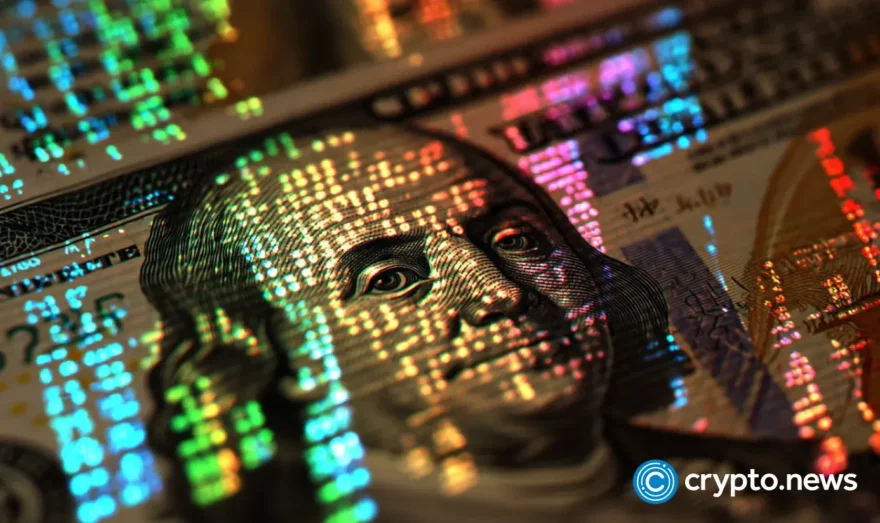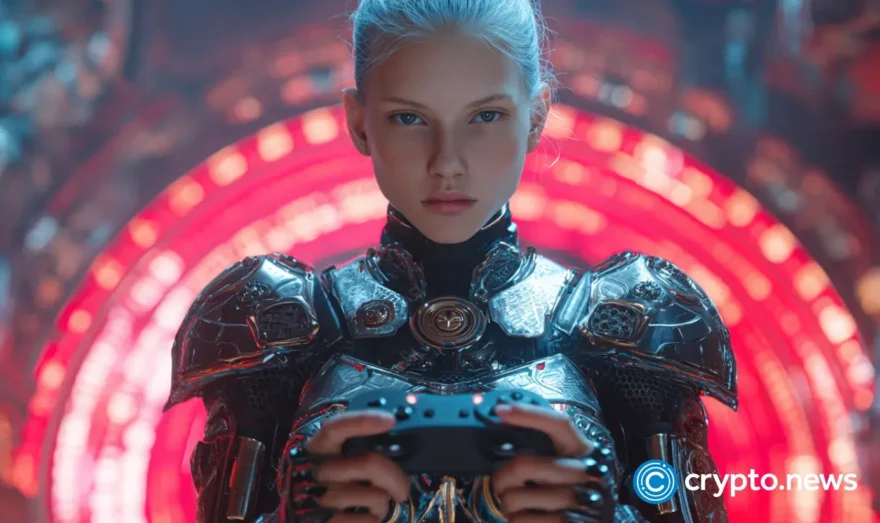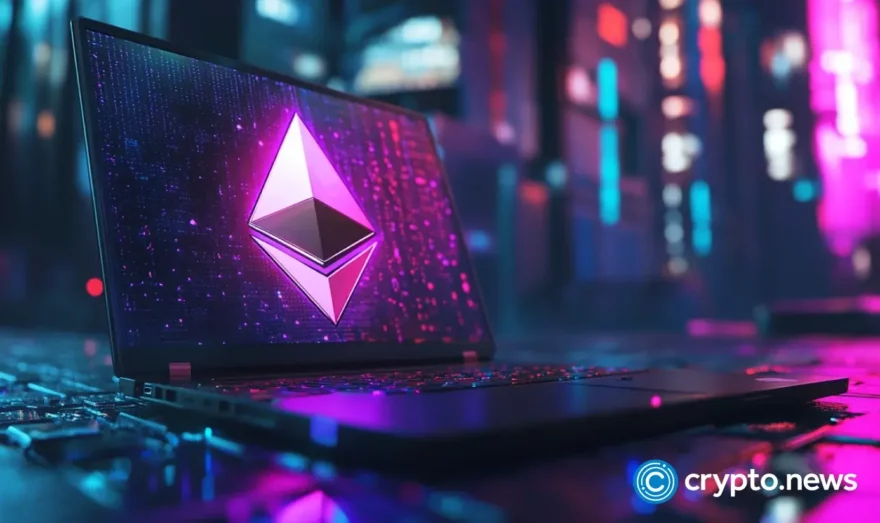What is the ERC-404 token standard: revolution or failure?

The new ERC-404 token standard presents promises and uncertainties for traders and digital art enthusiasts. But is it a reliable solution?
The experimental ERC-404 standard aims to solve the liquidity problem of NFT collections. It merges the characteristics of ERC-20 fungible tokens with ERC-721 non-fungible tokens.
ERC-20 serves as a protocol standard governing token issuance on the Ethereum network, facilitating the exchange of tokens based on predefined rules. Conversely, ERC-721 operates as a standard for non-fungible tokens, enabling developers to tokenize ownership of various data on the Ethereum blockchain using Solidity language.
Typically, ERC-20 and ERC-721 standards cater to fungible assets like currencies and unique collectibles, including digital art. However, this categorical division complicates the sharing and swift exchange of specialized digital assets.
Understanding the ERC-404 standard: what we know so far
Developers introduce the ERC-404 standard as a fresh protocol aimed at merging the desirable traits of ERC-20 fungible tokens and ERC-721 non-fungible tokens (NFTs). Its primary goal is to address the liquidity challenges NFT collections face and enhance their utility within the defi ecosystem.
How does ERC-404 work? ERC-404 represents a contract template designed to facilitate transactions involving both ERC-721 and ERC-20 tokens. This contract does not alter the parameters of existing standards but rather facilitates transactions across different asset types. It’s important to acknowledge that ERC-404’s recognition by the Ethereum Foundation or the broader community is still pending.
ERC-404 projects
Pandora
In early February 2024, Pandora debuted as the inaugural ERC-404 coin. It operates with two assets: an ERC-20 fungible token (PANDORA) and a non-fungible ERC-721 token known as the Replicants collection.
The Pandora project issued a total of 10,000 ERC-404 tokens, each linked to a unique NFT within the Replicants collection. These NFTs, depicted as colored boxes called Replicants, come in five different colors, each representing a distinct level of rarity. For instance, ordinary boxes are green, while rare ones are red. Upon purchasing a PANDORA ERC-404 token, buyers receive a random NFT box associated with the token.
In essence, whenever a user acquires a PANDORA token, the mint contract automatically generates a corresponding NFT Replicant, which is then transferred to their wallet. Subsequently, when a token is sold or transferred to another wallet, the associated NFT is burned.
However, the process does not apply in reverse. When transferring or selling an NFT, the PANDORA token remains unaffected; instead, the fungible token is transferred to the new owner’s wallet alongside a Replicants instance.
With each PANDORA purchase, the mint contract generates an NFT with random parameters varying in rarity. Consequently, buyers of the fungible token cannot anticipate the rarity of the NFT beforehand. This approach ensures equal opportunities for all users and introduces an element of unpredictability and speculation into trading.
DeFrogs
DEFROGS is a meme coin inspired by the PEPE crypto project. The DeFrogs collection consists of 10,000 NFTs, each depicting a frog with unique features and accessories. Built on the Ethereum blockchain, each DeFrog ensures proof of token ownership and distinct individuality.
Launched in July 2022, the project swiftly garnered considerable attention from the NFT community.
Why is ERC-404 gaining popularity?
ERC-404 has emerged as a focal point of discussion within the X crypto community. However, the surge in interest in these new tokens is more evident in metrics like trading volume, the market value of PANDORA, and the price of Replicants.
Since its launch on Feb. 5, the PANDORA token has seen a remarkable 290% increase in value, reaching $16, as per CoinMarketCap. Notably, between Feb. 5 and Feb. 9, the token witnessed explosive growth, soaring from $4,018.12 to $32,854.52, with the current market capitalization standing at $166 million.

Several factors contribute to this rapid success. Firstly, ERC-404 introduces a novel token standard with a unique transaction format. The price differential between the NFT value and the PANDORA token also creates lucrative opportunities for investors.
The hype surrounding ERC-404 has led to a surge in gas fees on the second cryptocurrency’s blockchain, reaching an eight-month high. Regular transactions required users to pay $60, with costs peaking at 377 Gwei – the highest since May 2023.
ERC-404 standard spurs competitor
In the wake of the rapid rise of ERC-404, the Cryptocurrency Development Group has unveiled an alternative implementation of the experimental ERC-404 token standard.
Addressing concerns regarding fees, developers devised a new solution. On February 12, programmers introduced the Divisible NFT standard (DN-404). Like ERC-404, this standard is also a hybrid of ERC-20/721, allowing non-fungible tokens to be split into pieces and exchanged among users.
However, unlike ERC-404, the DN-404 standard employs two contracts: the “base” ERC-20 and the “mirror” ERC-721. Developers claim that this segregation minimizes potential issues.
The decentralized exchange (DEX) Trader Joe was the first platform to adopt the DN-404 standard, launching the token named SHOE. These tokens were exclusively distributed among 22,140 wallets of active users of the Joepegs marketplace and holders of NFT projects affiliated with the Joe Studios accelerator.
What is a future of ERC-404 tokens?
Critics have voiced concerns about the practicality and effectiveness of the standard. Developer Quit highlighted potential vulnerabilities in lending pools not configured on ERC-404, which could allow users to exploit the system and withdraw high-value NFTs instead of their exchangeable fractions.
Such criticism underscores the experimental nature of ERC-404 and the unforeseen challenges it may face in real-world applications.
Despite these hurdles, the ERC-404 standard has piqued interest due to its unique approach to NFT fractionation. The ability to trade token shares on decentralized exchanges has increased the liquidity of NFTs.
This concept was novel for NFTs, treating them akin to regular ERC-20 tokens. However, the decline in the price of Pandora and other ERC-404 tokens raises doubts. This raises questions about the long-term success and acceptance of this standard within the crypto community.















